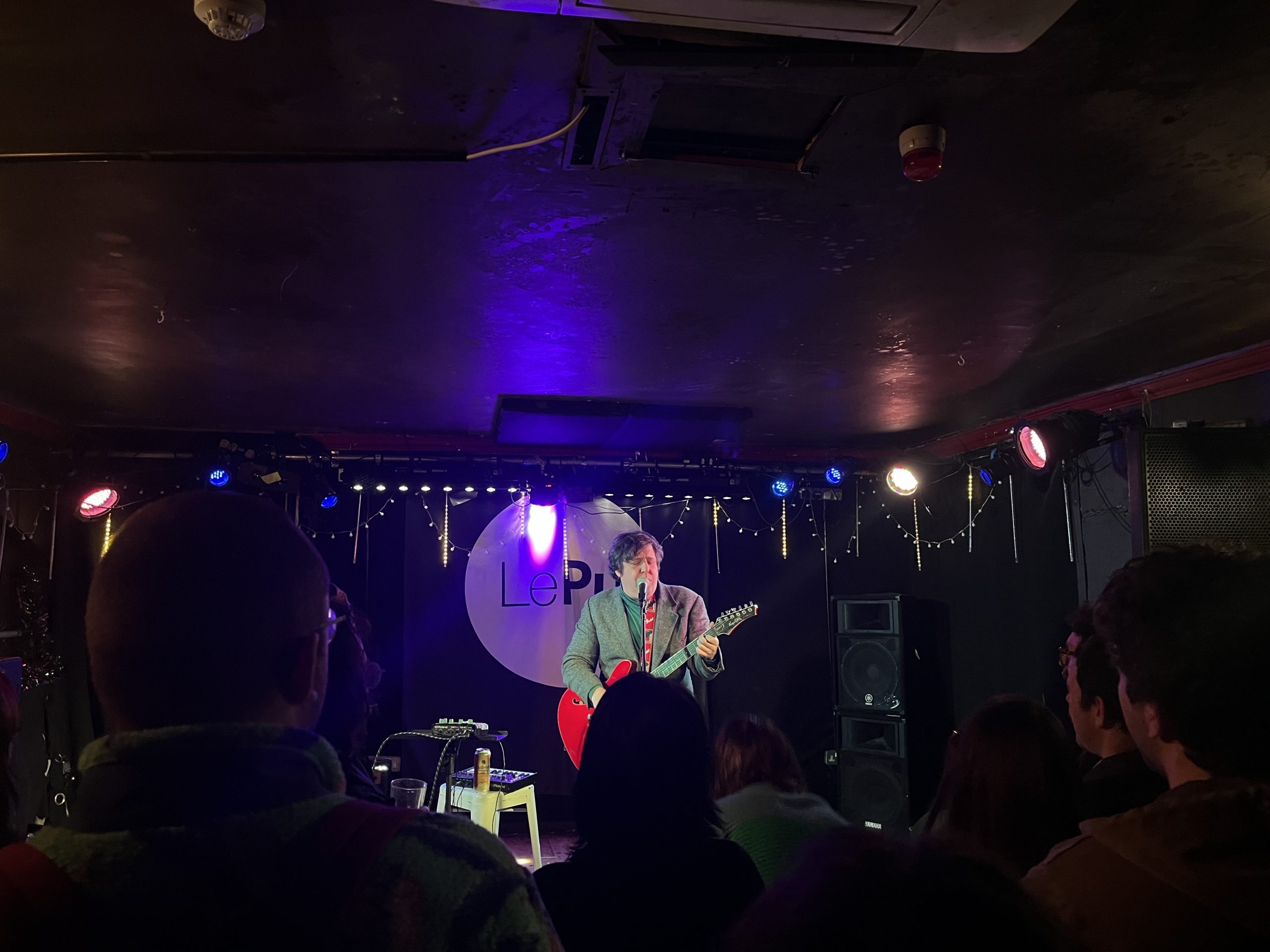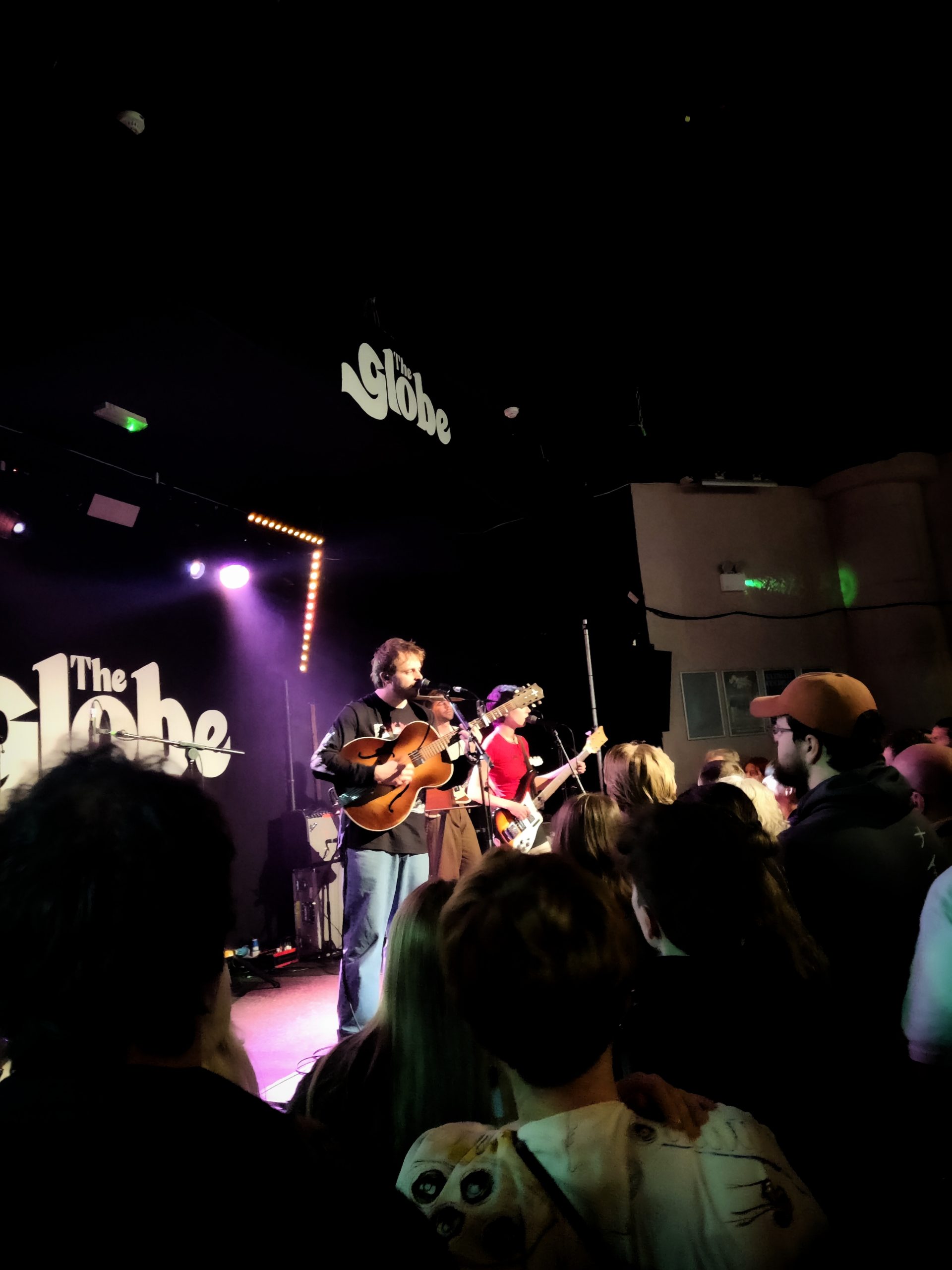Class: The Elephant in the Room, Friday 31st March, Chapter Arts Centre, reviewer: Claudia Rutherford
Influenced by the injustices circulating his political climate, Pierre Bourdieu proposed the theory that a ÔÇÿcultural capital’ exists within Western societies. It is one, he claims, to be systematically sought after, and promotes the idea that the culture enjoyed by the middle classes, is regarded as more valid than those belonging to the lower tiers. It describes that a ÔÇÿdominant culture’ is subjugated by a series of ideals which define what is valuable in the arts; dictating who is worthy of accessing the resources to create it, and who should be permitted to enjoy it.
It’s 2017, and this hegemony still permeates within cultural environments. Those belonging to poor income backgrounds are still excluded from art spaces, robbed of cultural nourishment, and made to feel overshadowed within the creative industries. It is very much the consensus that art still feels exclusively retained by the middle classes. This is the premise of Rhiannon White’s panoptic show, Class: The Elephant in the Room. In the performance, two actors adopt the voices of South London rapper Elf Kid, MP Baron Chris Smith of Finsbury (responsible for nationalising museums and art galleries in the UK), and a collection of other British artists and creative figures. The pair, Ali Goolyad and Abigail Miola, sit opposite each other in a dimly lit space; equipped simply with a pair of earphones and a phone in hand. It’s both an intimate and unpretentious setting, entirely attune to the cause of the project. Channelling the messages documented from the artists, they pronounce the inequalities at work within British creative industries, expressing how the middle classes ÔÇÿdefine what value is, what excellence is and what the next new thing will be.’ Abi speaks of how they have ÔÇÿdone just about enough to keep themselves in that space’, whilst Ali discusses the lack of opportunity given to those from working class backgrounds. In one section, it is mentioned that creatives from poor income backgrounds are not granted the same chances as those who have been raised in an environment where art is easily accessible. These realities are contextualised when Abi expresses that the only source of cultural understanding she could attain whilst growing up, was derived from the nearest newspaper she could source in her house: ÔÇÿI always thought that was the ÔÇÿNews of the World‘, you know, it was in the titleÔǪ when I went to a friend’s house and I saw a copy of The Guardian sitting on the table, I was like wowÔǪ I found it difficult to read because it was written in a way that was really unfamiliar to meÔǪ but I was like oh God, this is what’s actually going on in the world. Now I realise that what I’d been reading before was just sensationalist bullshit.’
These realities are only emphasised when Ali declares his exclusion when entering cultural spaces. ÔÇÿI never knew how to walk around an art galleryÔǪ no one would have taken me seriously if I were in trackies.’
Despite the disheartening realities, White grants her audience a glimmer of optimism, reminding us that we have ÔÇÿideas within’ us that are just as ÔÇÿvalid’ as someone with the sufficient mediums to communicate them. With the rise of grime artists from poor income backgrounds ejecting their voices into the mainstream; and poets like Hollie McNish and Kate Tempest refusing to depict anything other than the brutalities of the class system, we are left prompted to vocalise our own sufferings, and strive for a rightful place within the artistic industries. She offers a platform for beginning these ambitions, lending discussion to anyone who wishes to ÔÇÿchat’ after the show has finished. It asserts that White’s message doesn’t just stop at her art. Her cause is to inspire the will of working class people, owing them comfort in creative spaces. It’s a comfort we’re deprived of, she reminds us, as we’re left to ponder the following questions:
ÔÇÿHow do we provide pathways that give working class people an equal footing to those who already possess the right of passage?,
How do we challenge assumptions around the value of art, who it belongs to, and who gets to become an artist?,
The class system has everyone in their place, how do we disturb the notion of identity and role?,
and,
We live in critical times – what action can we take to come together and make art?’
by Claudia Rutherford


